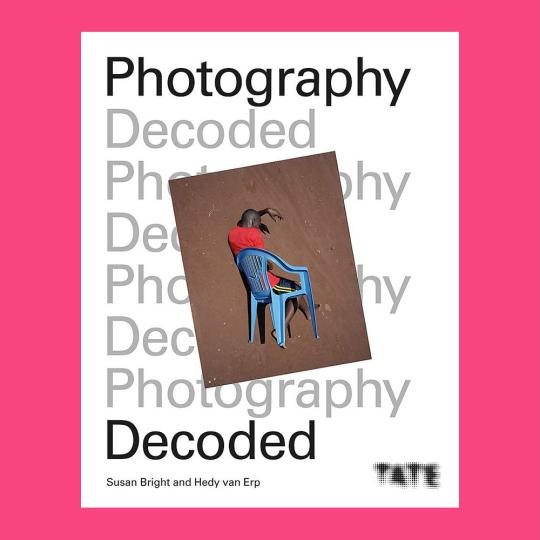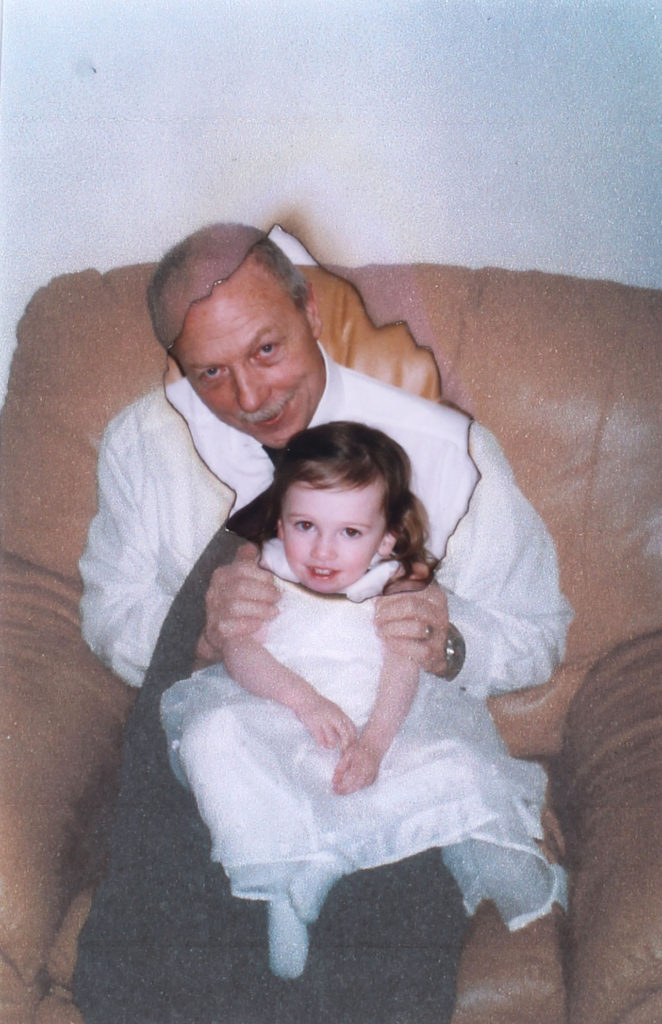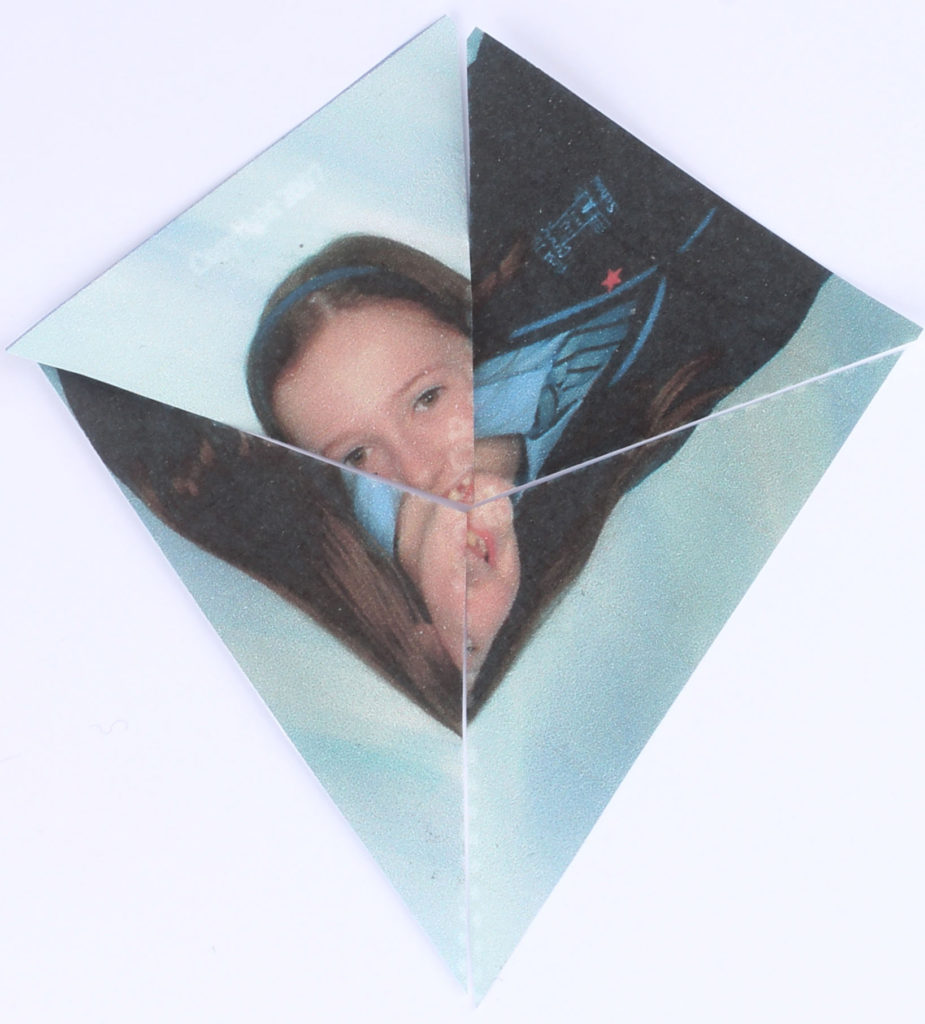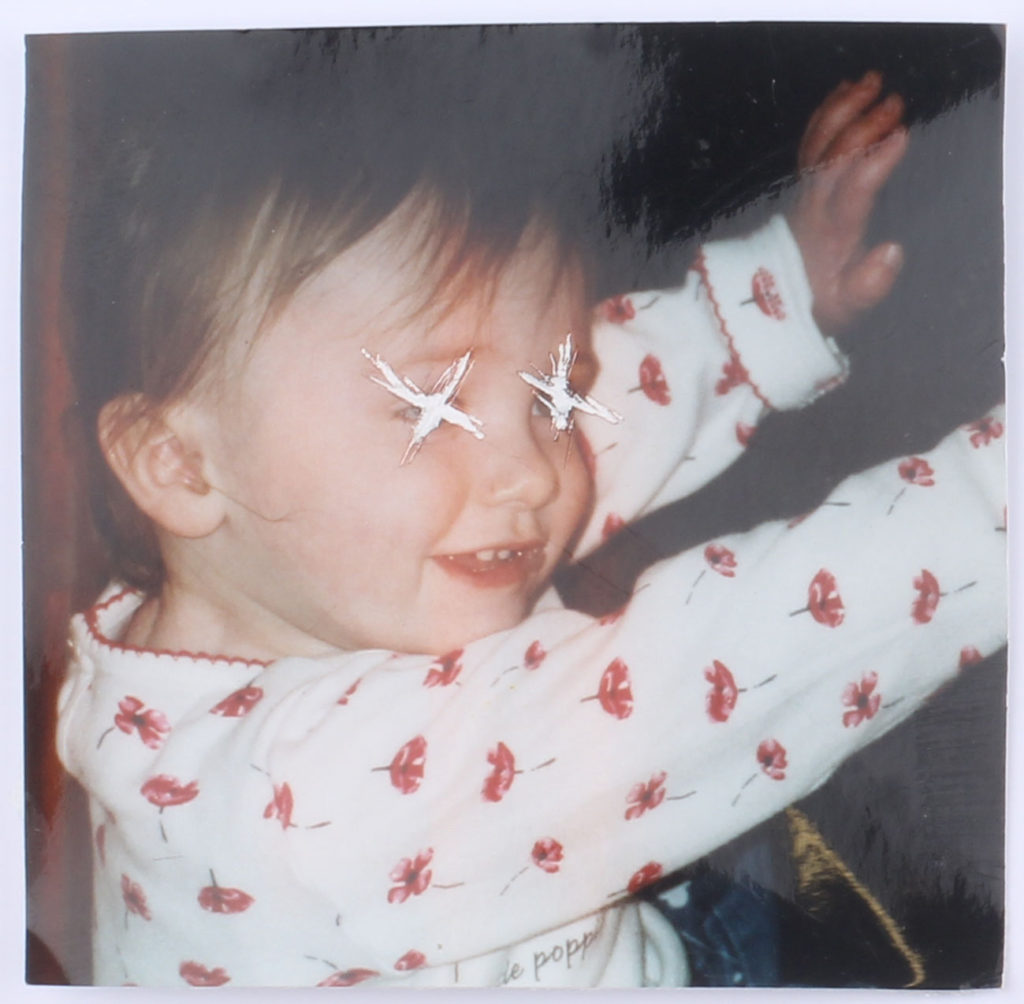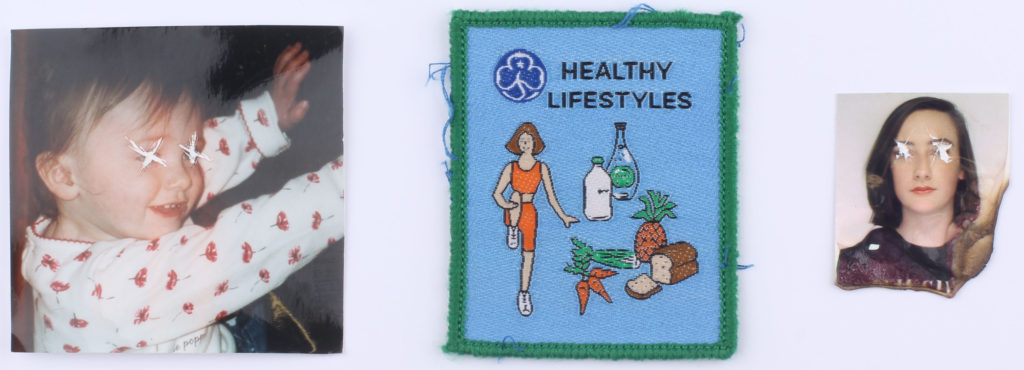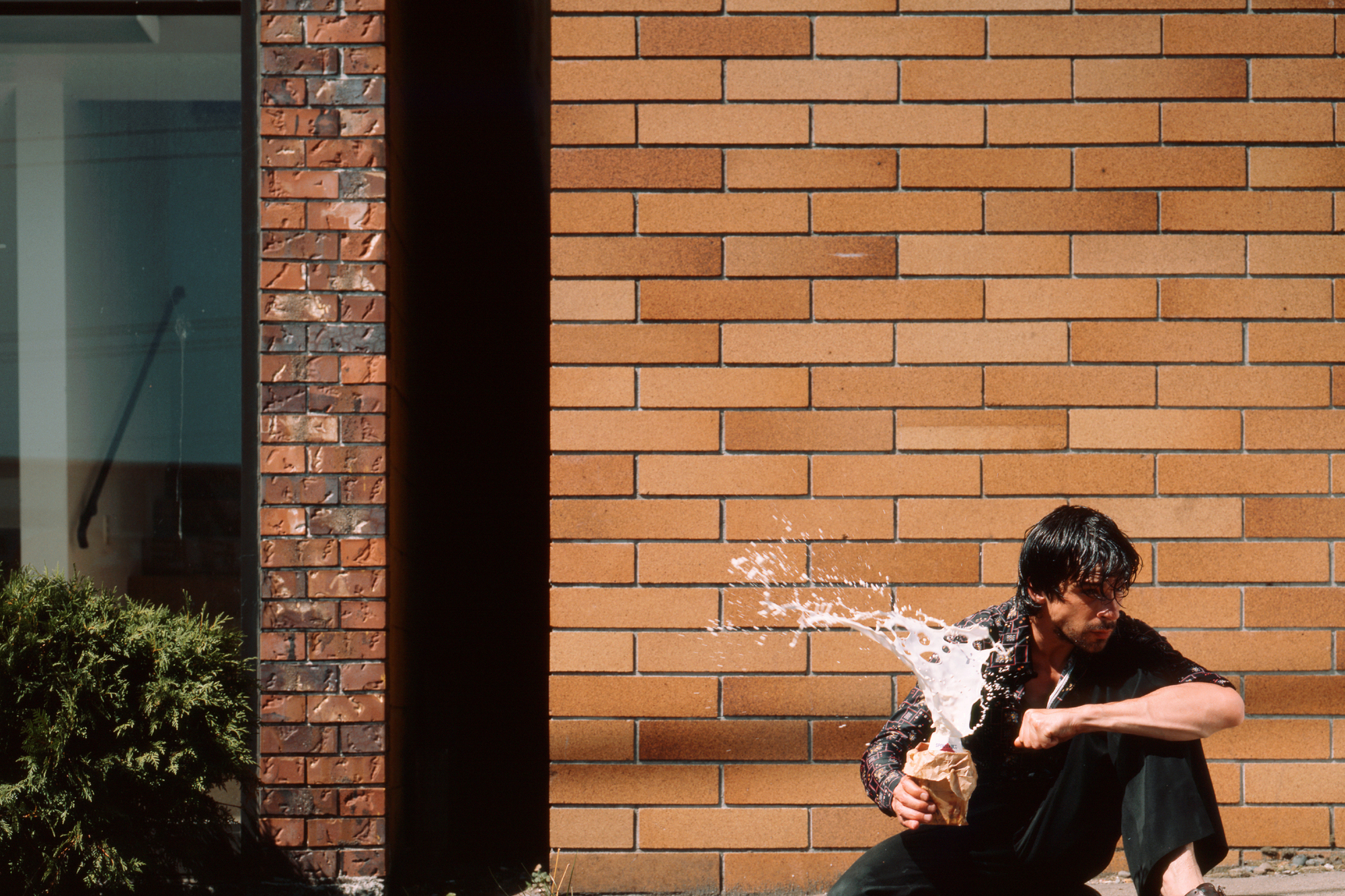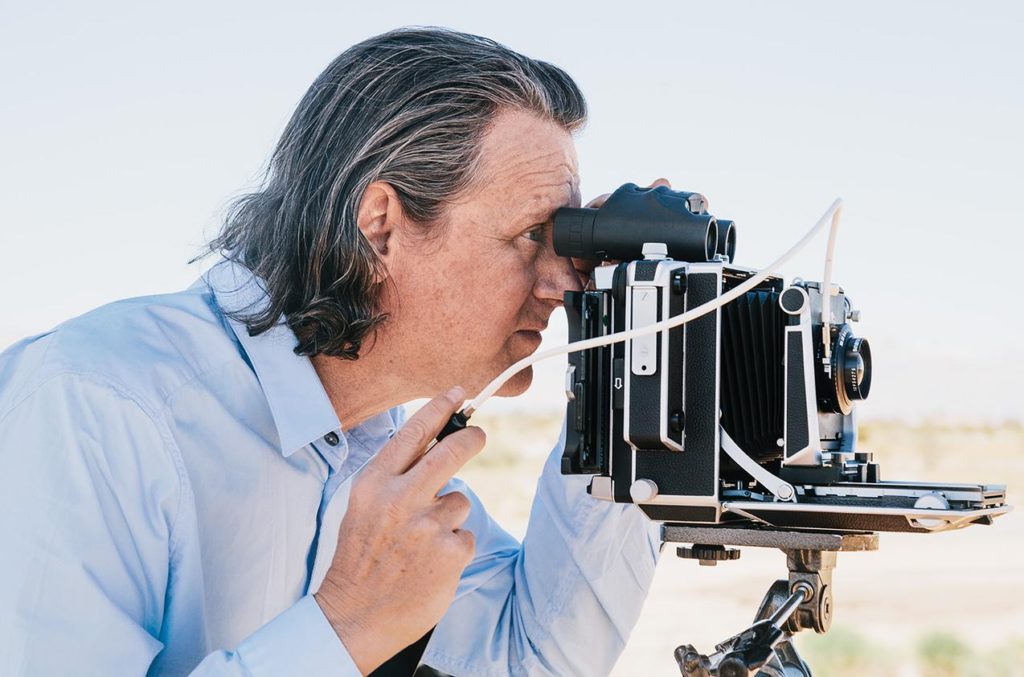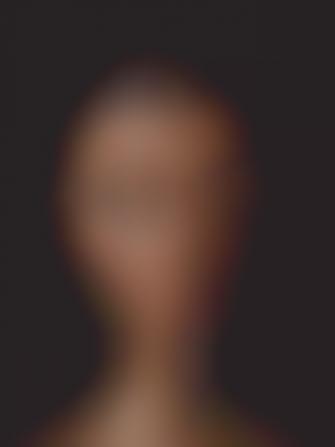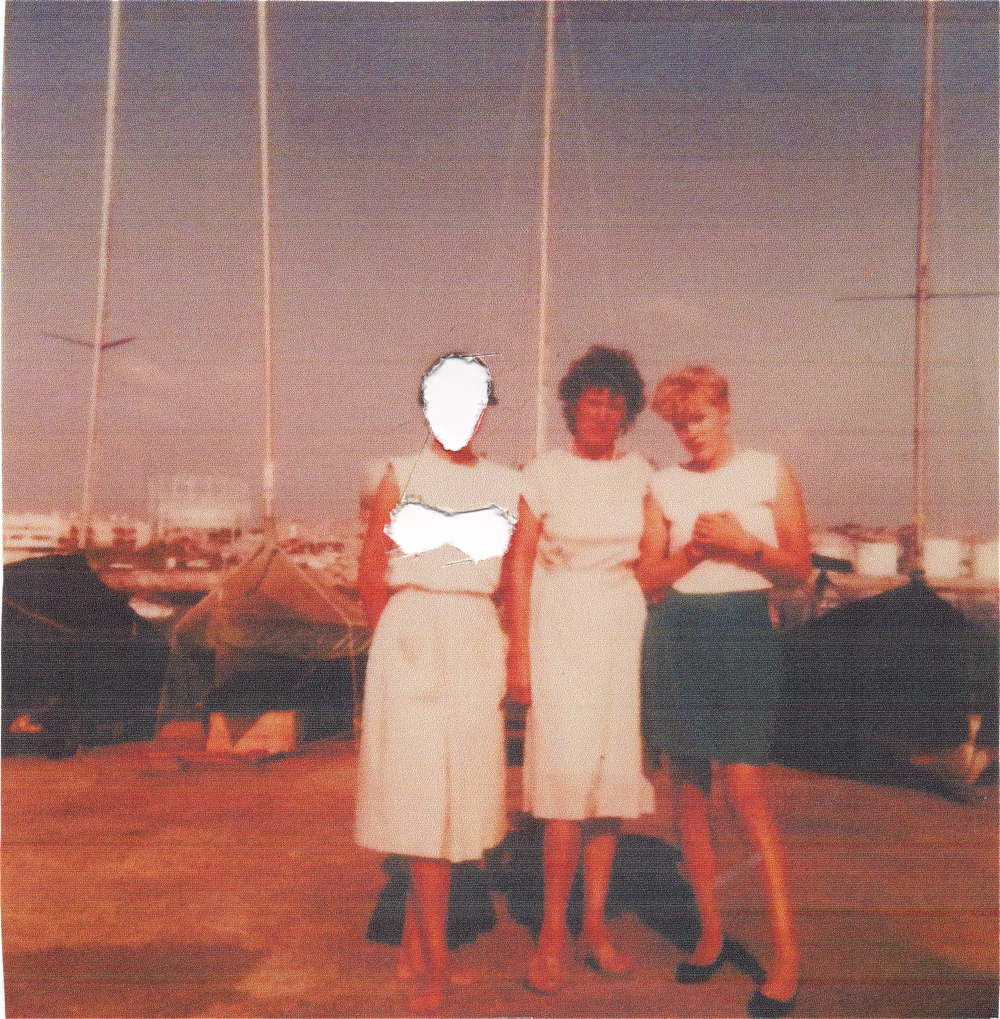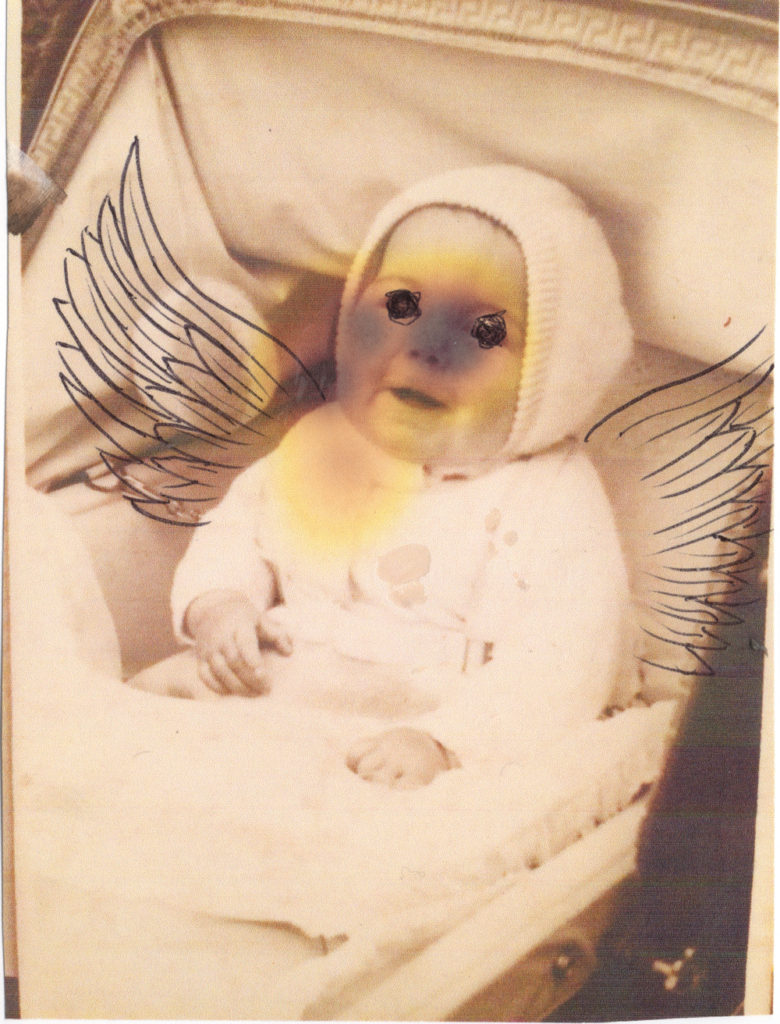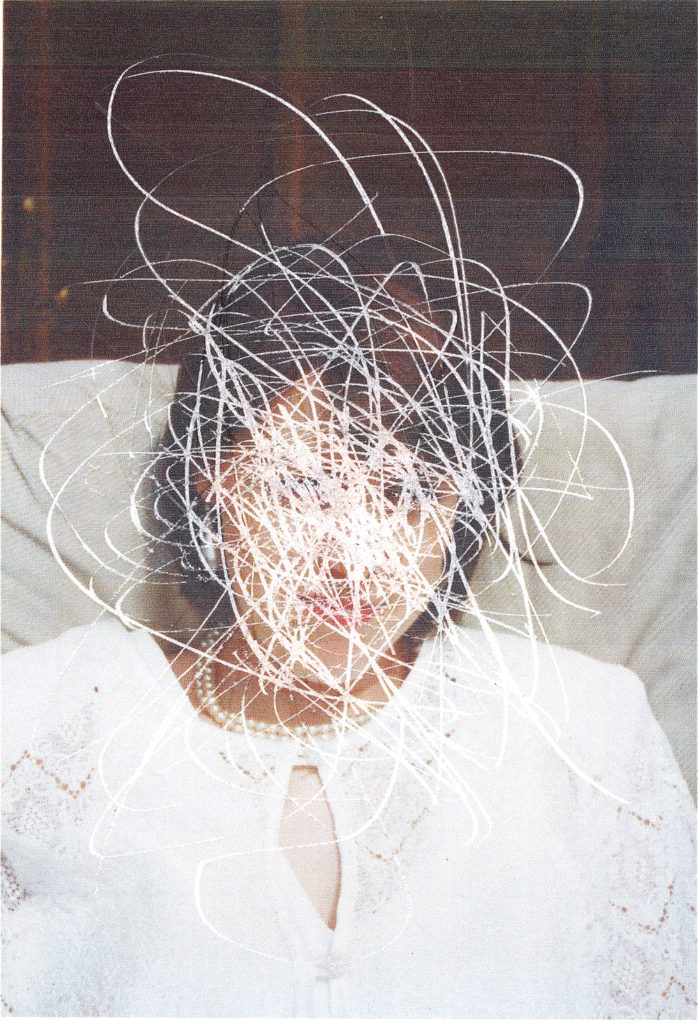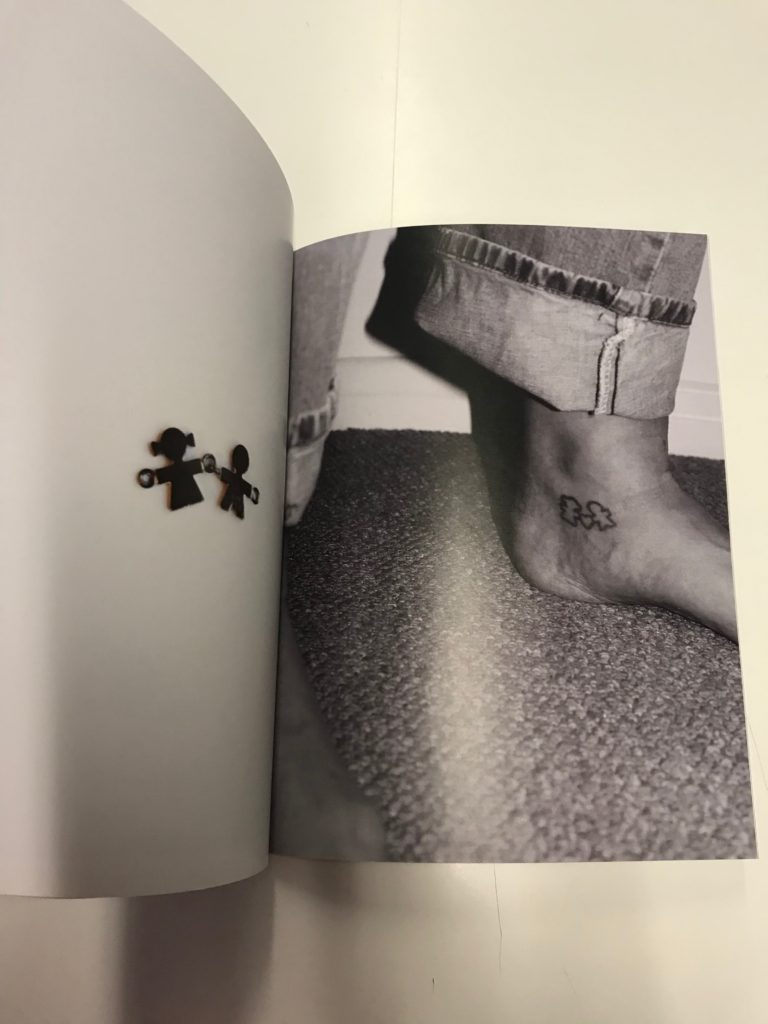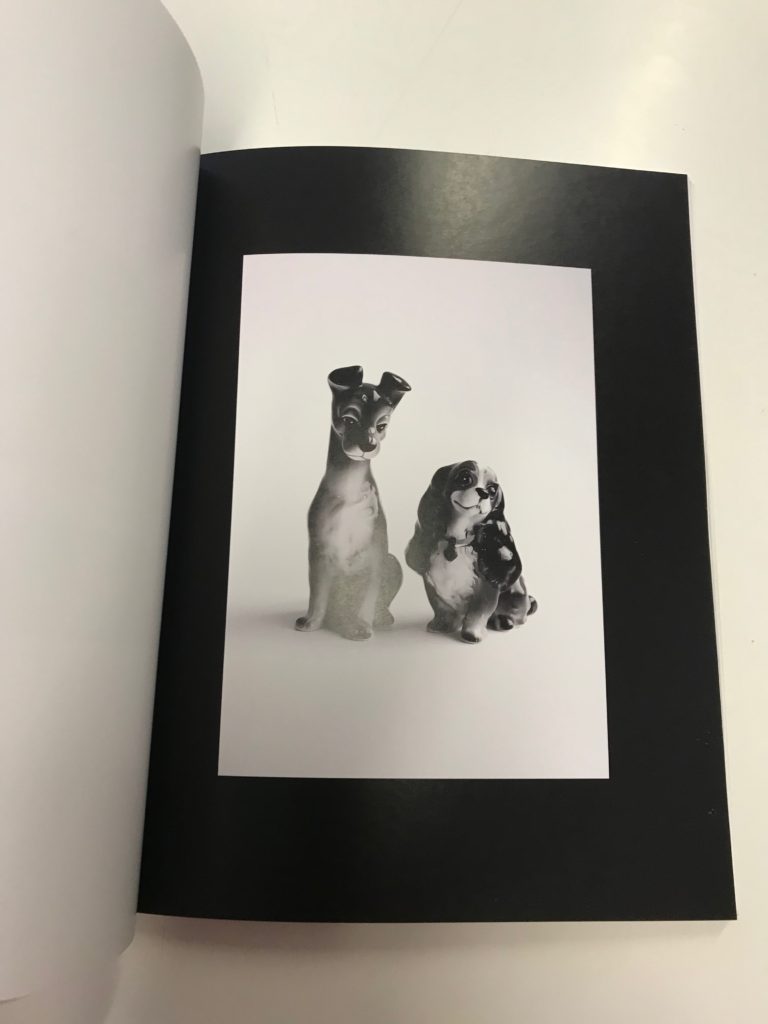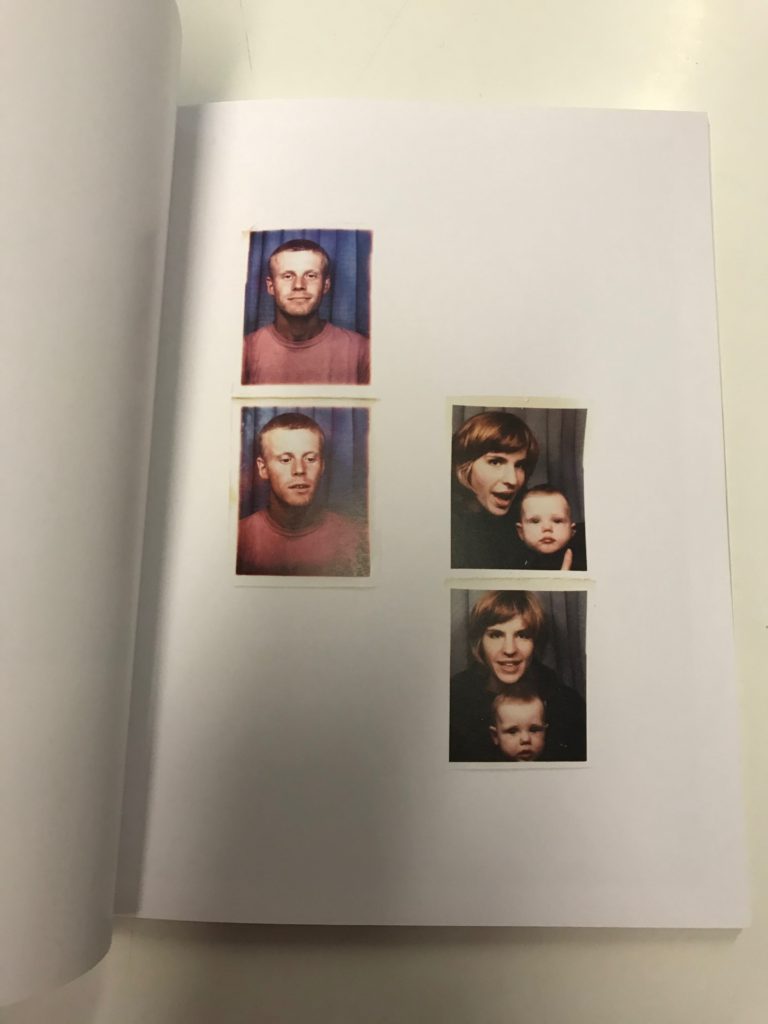
For my first case study I will be using Rita’s book, “where mimosa bloom”. This photo book was made after the death of her mother, Yolanda, as a way to deal with her grief following this. This photo book intrigues me since the photographer uses a combination or archival image, images of objects and also the metaphor of a mimosa, which is a type of tree native to Barcelona.
The photographer spent two years collecting materials and photographing places, objects and people of significance in the relationship between her and her mother. We see this throughout her book with portraits of her family, and old letters and drawings.
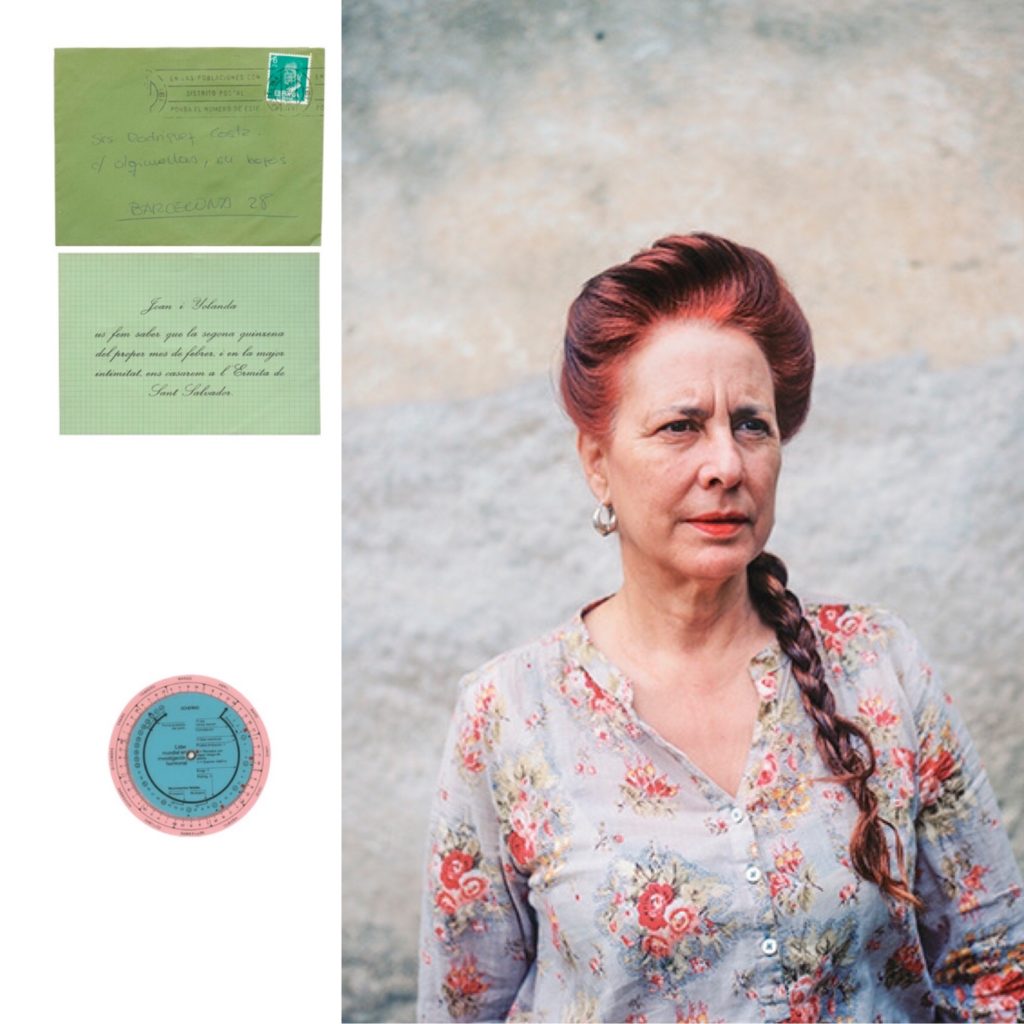
“where mimosa bloom traces a walk across the memory. It tries to remember a mother who is no longer here, through objects, persons, and moments which takes us directly to her person. That’s an homage of Rita to her mother Yolanda. An attempt to assemble in a book her familiar universe.” –Source
Right at the end of the book the photographer has included an essay style letter dedicated to her mother. She goes into detail about how she can “see you [Yolanda] in Dad’s eyes”. This is very emotional and adds to the personal aspect of the images in the book. She also says how “when I was younger…I sometimes imagined that you had died”. Going into detail about her thoughts and feelings in this manor makes the objects and letters within the book, things that would normally have limited meaning to strangers, have more meaning to the viewer.
“Where Mimosa Bloom takes the form of an extended farewell letter” –Source
Analysis:
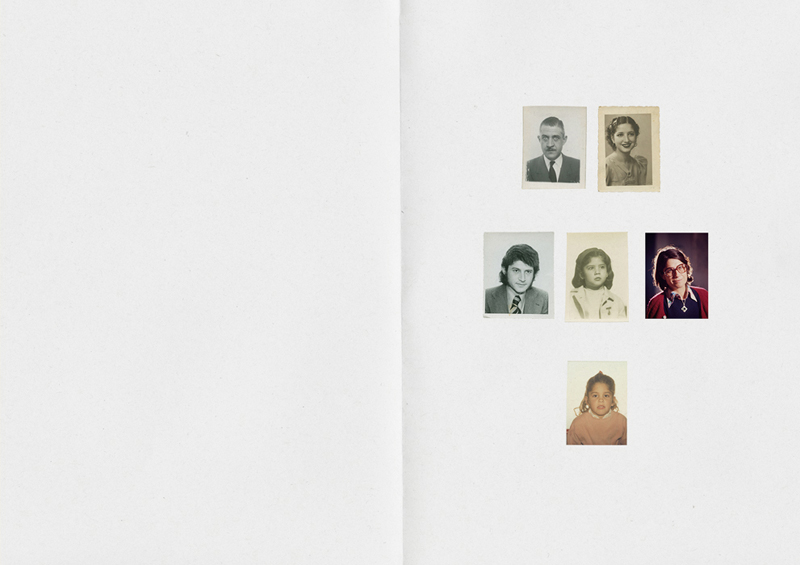
This memoir is also part family biography, which is why I picked this as a case study as I will also be including my family in my project and I thought it would be useful to see how someone else interpreted their family.
You can see the image on the side skillfully shows some family members’ portraits which helps to create a clear narrative throughout the book, helping the audience understand her perspective.
Technically, this page interests me a lot. Every time you flip a page over, and image of someone from her family is reveled until the audience is able to see an almost type of family tree.
Visually, All these images are clearly older, meaning they are most likely archival. I think this helps add a sense of history to her work making it more deep and meaningful.


